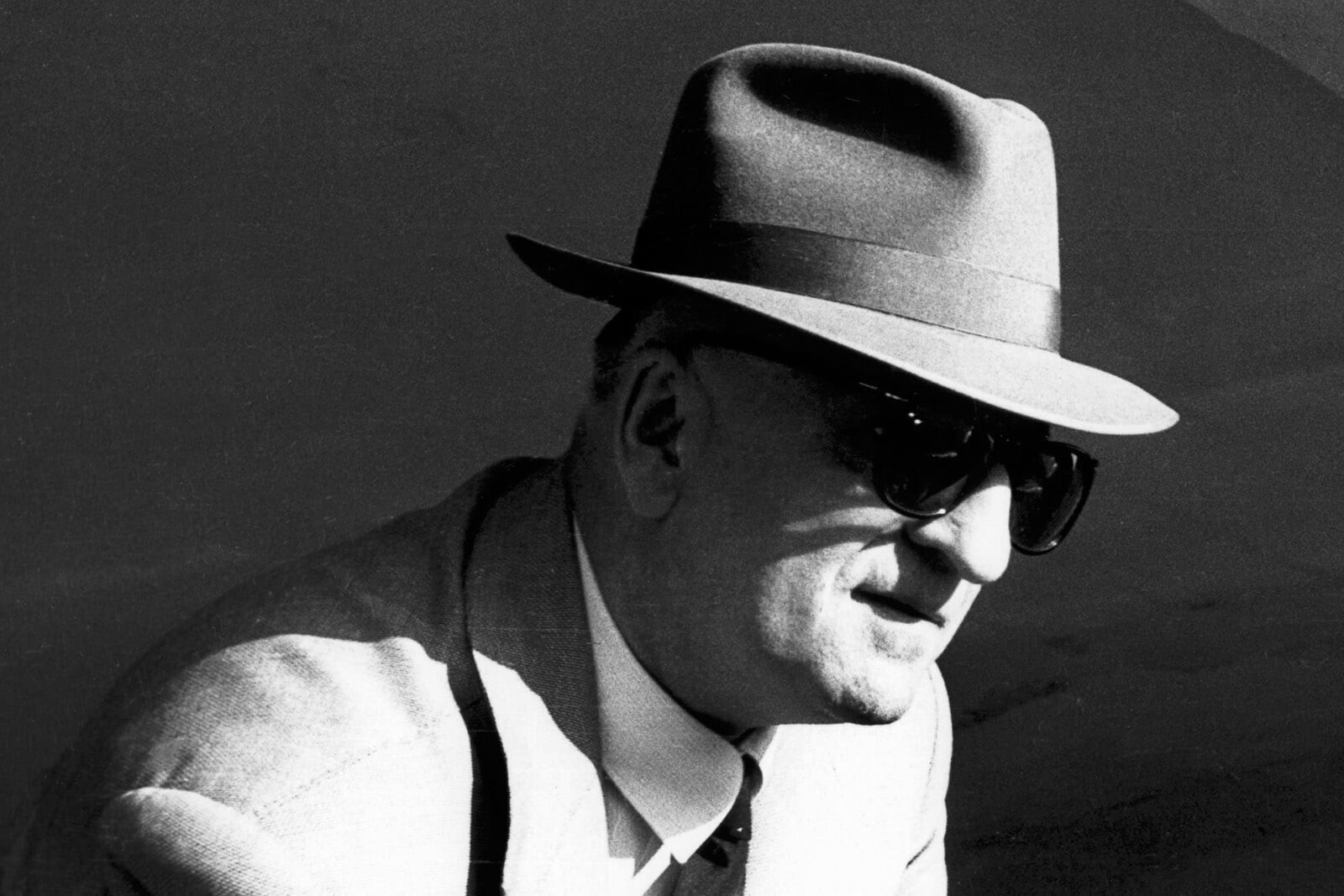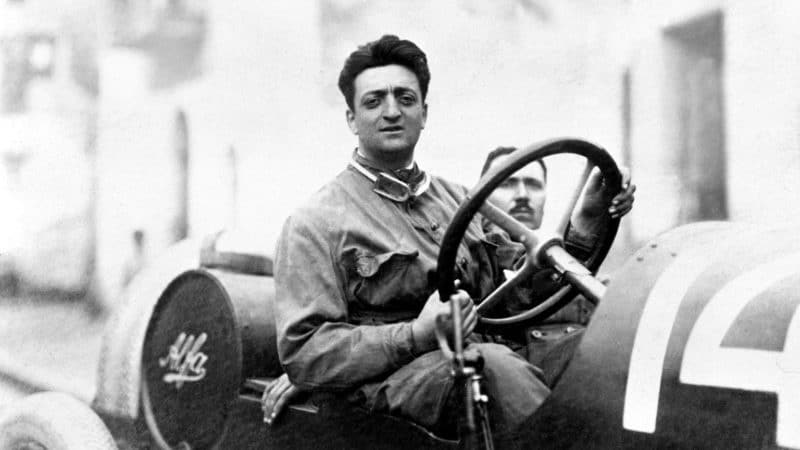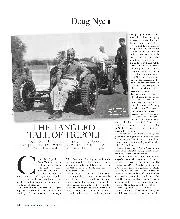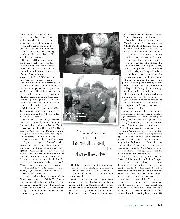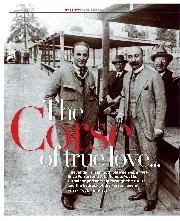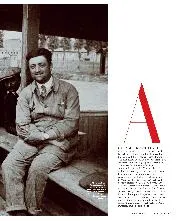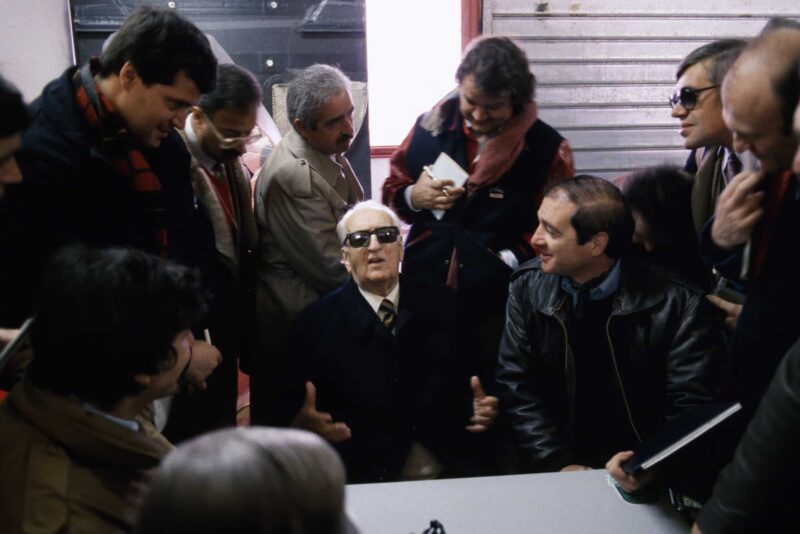Little could Fiat have known what it was turning down as the disheartened young man shuffled out into the snow, found a park bench, sat down and cried. But nor should you be fooled by such tears even in a man barely into his twenties: in reality he was more than able to look after himself.
It’s difficult to imagine, anyway, how this lone wolf could have made a lair for himself within a big organisation like Fiat. When he eventually hooked up with CMN and subsequently Alfa, they were small-time manufacturers and he was quickly able to carve out a niche. He had evident flair, in fact, for making himself indispensible through shameless networking disguised as socialising; he never took his eye off what he was trying to achieve for himself. Yet his constant striving and improvisation played a vital role in establishing Alfa as a major racing force.
Though officially he was no more than a sometime race driver for the company – he won a few minor events – and a sales agent for its road cars, he acted in reality as general fixer and go-between. An incredibly persuasive man, the same skills that had got him into the inner sanctum of Alfa were used to lure Luigi Bazzi, and ultimately Vittorio Jano, from Fiat. These two engineers were fundamental in ensuring that the baton of grand prix racing passed to Alfa in the mid-’20s. It simply would not have happened without Enzo.
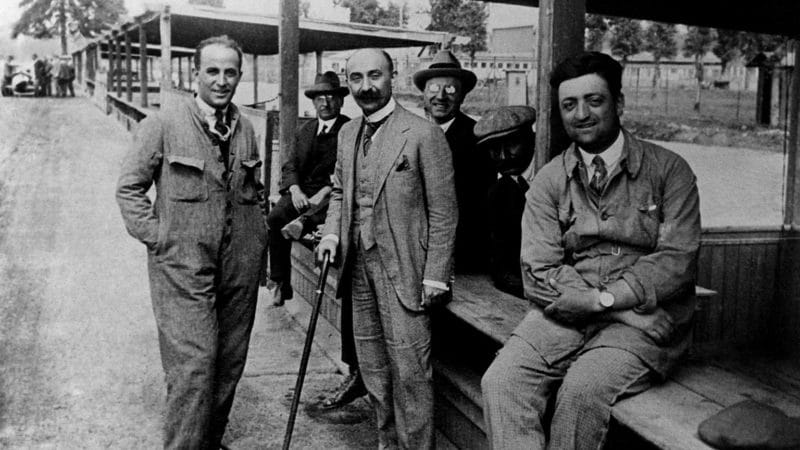
A young Enzo Ferrari (right) in the pits at Monza alongside Italian engineer and entrepreneur
Nicola Romeo (middle)
and engineer Giuseppe Morosi (left) in 1923
Getty Images
Poaching staff from Fiat gave Ferrari considerable pleasure. He viewed the Turin company’s subsequent withdrawal from the sport as its come-uppance for turning him away that time in 1918. This fierce desire for revenge fired his efforts, making him all the more formidable.
Alfa itself withdrew from the sport at the end of 1925, in the wake of one of its periodic financial crises and the death of lead driver Antonio Ascari. In the meantime Enzo maintained his strong links, travelling regularly to the Alfa factory, ostensibly on business for his dealership. But he had a plan which he felt sure would gently pave the way for Alfa’s return to competition: in 1929 he set up Scuderia Ferrari to prepare and race sports Alfas in minor events for a selection of pay drivers.
